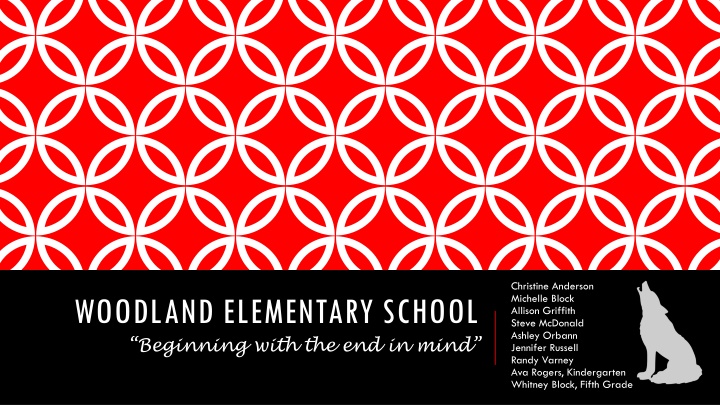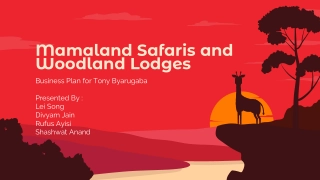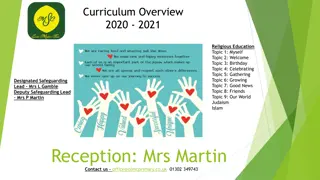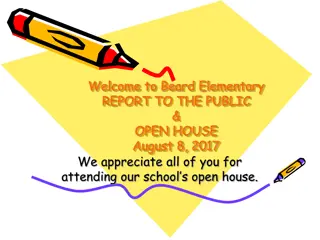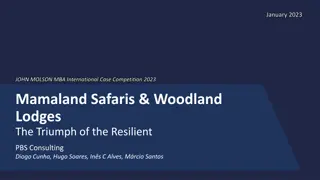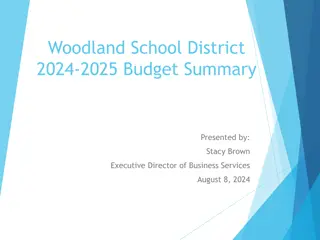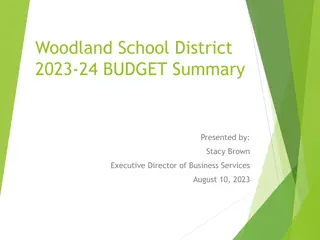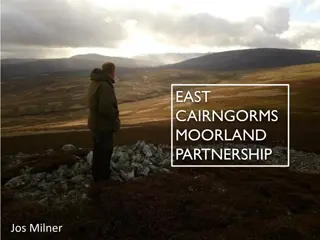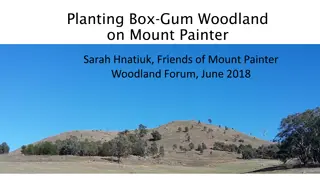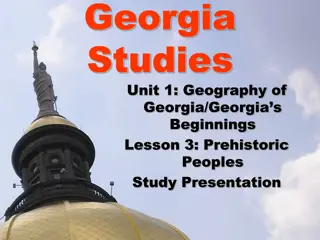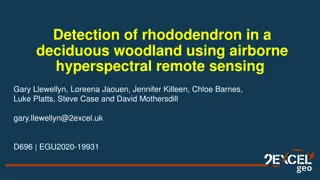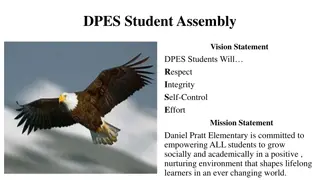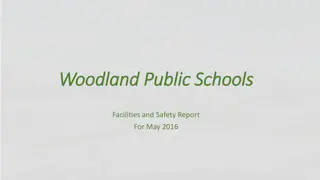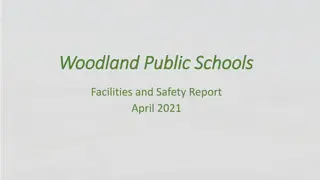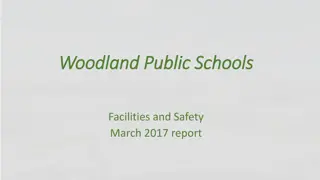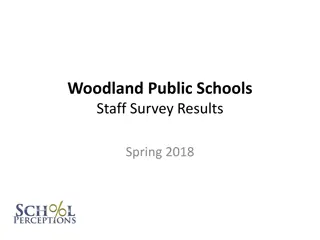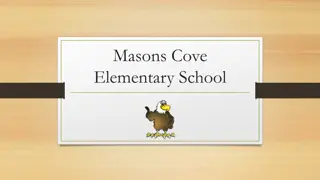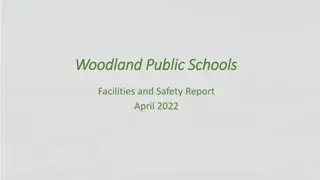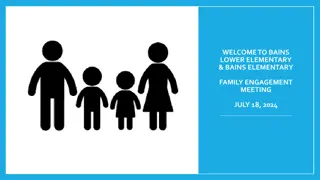Innovating Education at Woodland Elementary School
Woodland Elementary School is embracing change and growth by focusing on increasing student population, diversity, and academic support. The school is piloting blended learning in math instruction, with a vision of high-level student-teacher collaboration and a long-term model emphasizing competency-based progression. The roll-out plan includes flexible pacing and paths for students to create a personalized learning experience.
Download Presentation

Please find below an Image/Link to download the presentation.
The content on the website is provided AS IS for your information and personal use only. It may not be sold, licensed, or shared on other websites without obtaining consent from the author.If you encounter any issues during the download, it is possible that the publisher has removed the file from their server.
You are allowed to download the files provided on this website for personal or commercial use, subject to the condition that they are used lawfully. All files are the property of their respective owners.
The content on the website is provided AS IS for your information and personal use only. It may not be sold, licensed, or shared on other websites without obtaining consent from the author.
E N D
Presentation Transcript
Christine Anderson Michelle Block Allison Griffith Steve McDonald Ashley Orbann Jennifer Russell Randy Varney Ava Rogers, Kindergarten Whitney Block, Fifth Grade WOODLAND ELEMENTARY SCHOOL Beginning with the end in mind
We have a student population that is changing and growing. WE ARE WOODLAND Increasing student population Increasing ED percentage Diverse student population Increasing SWD, Gifted, ELL Plateaued test scores Georgia Milestones Levels 3 and 4 Teachers of students PERCENTAGE OF STUDENTS 50 40 Growing Community 30 20 10 0 ELA Math CONTENT AREAS Science Social Studies 2 3rd Grade 4th Grade 5th Grade
PILOT Blended learning in an extended mathematics instructional block What we have learned: Students need choice and options for digital content. Teachers need streamlined data protocol. Next steps: Continue to collect data from students and other non-piloting teachers to determine the next steps for blended learning in our school. 3
VISION- HIGH LEVEL Student and teacher CO-CREATE learning plan 2020 2020 Vision Vision Student moves FLEXIBLY through competencies in all content areas Mastery CHECKPOINTS determine if student needs revised learning plan Student uses learning plan to make CHOICES daily 4
LONG-TERM MODEL Competency Competency- -Based Progression Based Progression Advisory Period Blended Learning Integrated Problem Based Learning 5
ROLL OUT PLAN Years 1 and 2 Years 1 and 2 2020 Vision 2020 Vision -Unpack math and ELA competencies -Build and implement math and ELA units -Student moves at his/her own pace through competencies in all content areas. Competency-Based Progression -Growth Mindset, collaboration, goal-setting, student-led conferences in small groups -Assemble the Pack -Student and teacher co-create learning plan with greater level of academic and social support. Advisory Period -Station rotation model used in math and literacy -Student voice and choice embedded in blended learning. Blended Learning Problem-Based Learning -Students will co-identify real-world community problems to solve and offer solutions to an authentic audience. -Implement one PBL unit each semester -Pilot various digital portfolio options -School-wide use of a digital portfolio platform. Tech-Enabled 6
GOALS AND ASSESSMENT Flexible Pacing & Path 50% of students will create or utilize choice menus/playlists to determine which digital content best meets their needs. Voice and Choice Students will complete a self-perception survey; over the course of the year, we will see an increase of 50% of students who feel they have more voice and choice in their learning path. 21st Century Skills 50% of students will use a rubric to self- assess their PBL experience focusing on collaboration and communication skills. Growth Mindset 80% will utilize advisory journals to keep a record of their successes and failure during the year and how they demonstrated perseverance through those experiences. 5 5th th Grade Grade Gains in CCRPI Gains in CCRPI Promotion Defense Promotion Defense Increase in Percentage of Distinguished learners Increase in Percentage of Distinguished learners 7
CHALLENGES/OPPORTUNITIES Professional Professional Development Development Detailed roll-out plan for PD Actively engaged in the learning process Teacher ownership of learning Flexible pacing Continuity Continuity Parents want vision carried on through cluster How will learning be personalized when students go to middle and high school within our cluster? Visit schools with cluster Planning Time Planning Time Built in planning time Early release scheduled weekly School needs- based PD A/B special schedule 8
Faculty and Staff Involvement Focus teams Communication cycle Co-creation of the SRC CHANGE MANAGEMENT/TEACHER SUPPORT Professional Development to Support Vision Buck Institute Curriculum writing at the school level (advisory) Using what we have learned (pilot/blended learning) to determine next steps Needs based PD Summer Academy Effective Professional Development Evidence of new practices being implemented Teachers seek out opportunities Collaboration Engage, Execute, Examine 9
BUDGET Learning Spaces Human Resources Professional Development Open concept between 2 classrooms (limited) TBD Project Manager $75,000/year Summer Academy $25,500/summer Personalized Learning Teacher on Special Assignment $70,000/year Needs-based and embedded throughout the school year $4,000/month Flexible furniture $60,000 10
STUDENT, PARENT, & COMMUNITY ENGAGEMENT Communication Engagement Focus Team Facilitators Meeting Faculty Meetings Design Team Meetings Q and A Monthly Forum: What s Happening in the Den Focus Team Meetings Co-creation of SRC Real time data/perceptions from community, teachers, and students Leadership Listens Student Engagement Evidence Minutes from meetings Climate survey data Observation data Digital portfolio Co-creation of solution(s) to learning project(s) 11
